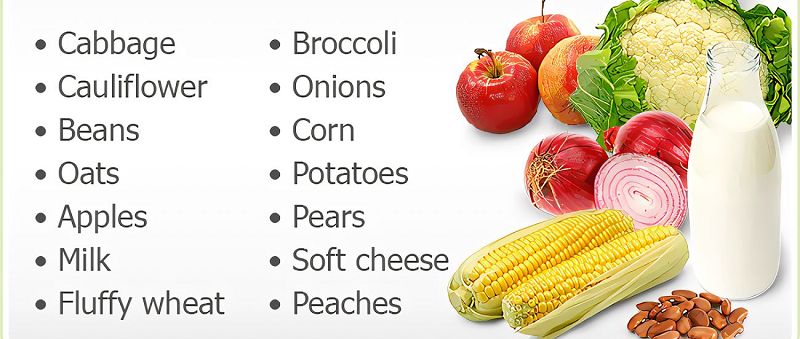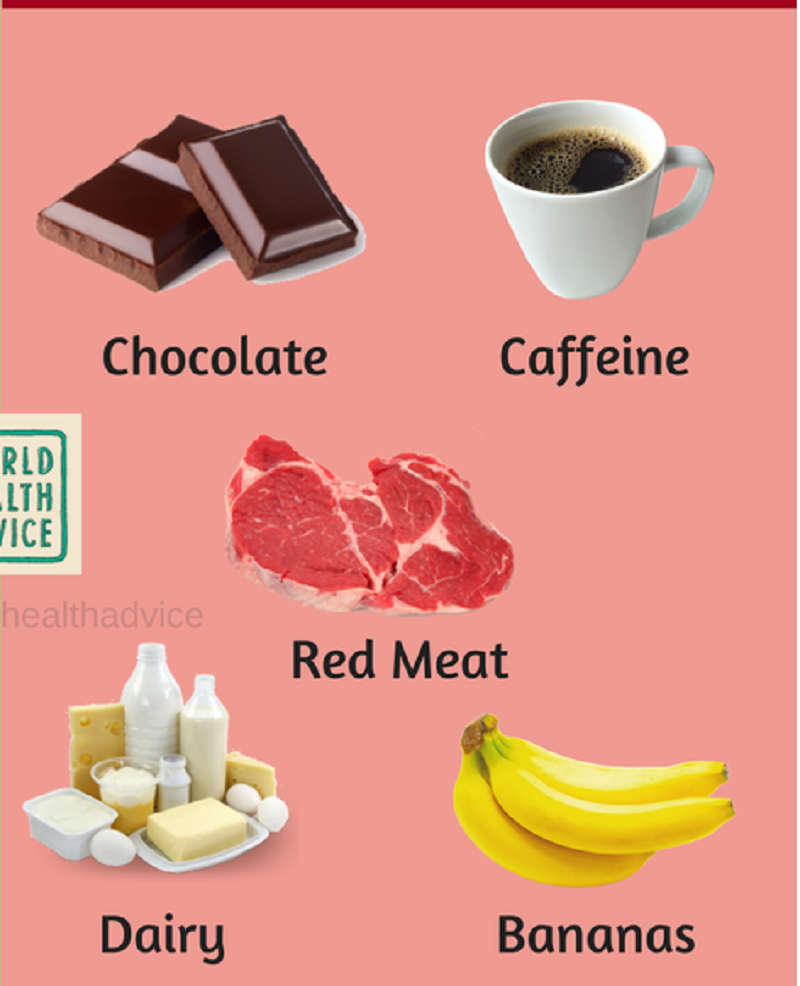Elimination
{"name":"Elimination", "url":"https://www.quiz-maker.com/QPREVIEW","txt":"Test your knowledge about the urinary system and its functions with our engaging quiz! This quiz covers essential topics related to kidneys, bladder functions, and more.Learn about:The anatomy of the urinary systemThe functions of various organsCommon urinary issues and terminologies","img":"https:/images/course1.png"}
More Quizzes
Muscular
10522
Pharchem 5
1477
What kind of MK are you?
6341
How Harmonic Are you?
11617
Mental Age Test - Free Online With Instant Results
201021120
Skeletal System Labeling - Free Anatomy Practice
201022159
ServSafe Chapters 10 - 14 - Free Practice Questions
201018910
Accounts Payable with Answers - Free Practice
201018556
Preamble - Test Your U.S. Constitution Knowledge
201023499
Werewolf: Could You Become One? Free Online
201018471
Club Penguin Trivia - Test Your Knowledge
201023030
Christina McLarty's Kids - How Well Do You Know Them?
201018471



